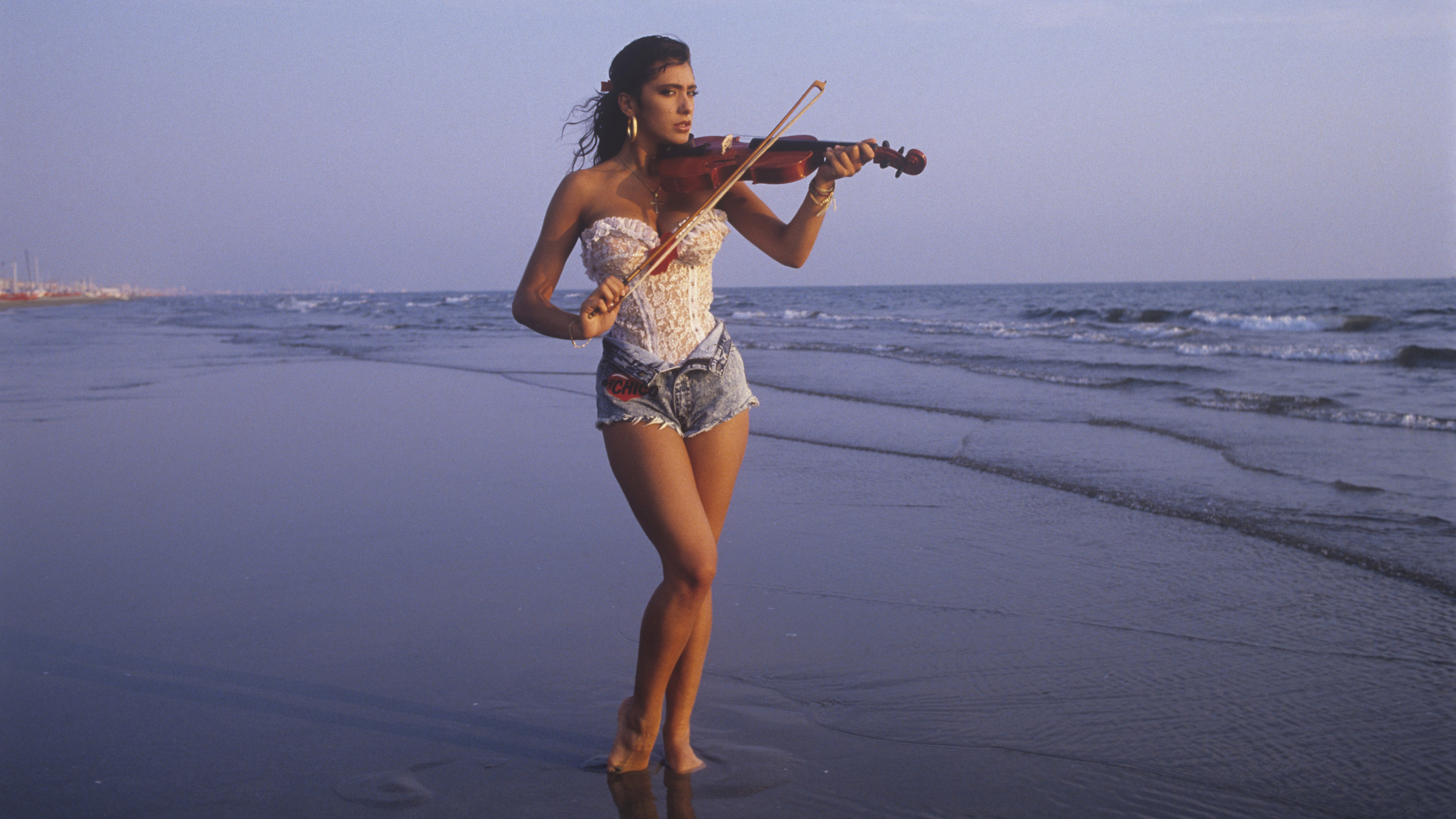The beginner's guide to: Italo disco
The Italian take on disco established itself as a style in its own right, influencing everything from house to synthwave

It’s very common for genres to be named after the place in which they were first developed – think Detroit techno, Philly soul or UK funky – but there’s a second category of genre which represents a location’s take on an existing style.
Sounds like Berlin techno, UK drill or even Scouse house weren’t completely new, but were a local evolution of an existing sound. The same can be said of the genre that's the subject of this month's beginner's guide column: Italo disco.
What makes this interesting though, is how the sound evolved into its own distinct style and went on to influence countless other genres.

The roots of Italo disco date back to the late ’70s, when the disco era was still in full swing in the USA and artists around the world imitated the sounds coming out of New York, Philadelphia, San Francisco and Miami.
Across Europe, musicians put their own take on disco, from ABBA in Sweden to Boney M in Germany, Ottawan in France and the Munich-based international trio of Giorgio Moroder, Donna Summer and Pete Belotte.
By the early ’80s, Italy started to move on from aping American disco with tracks like Kano’s Super Extra Sexy Sign (1980) and began to develop its own distinct sound. The ‘Italo disco’ tag was retrospectively applied, widely used from around 1985 by the German ZYX label.
The defining characteristics of Italo disco set it apart from the sound’s US roots and the more mainstream Eurodisco sounds from around Europe.
Want all the hottest music and gear news, reviews, deals, features and more, direct to your inbox? Sign up here.
Musically and melodically, early Italo artists cited the influence of American hi-NRG pioneers Bobby Orlando and Patrick Cowley just as much as the more ‘serious’ electronic sounds of Moroder or Kraftwerk.
Thanks in part to a willingness to experiment with other languages and embrace theatricality in music videos, there’s an overt sense of camp to iconic Italo tracks like Alexander Robotnick’s Problèmes d’Amour (1983), Fred Ventura’s Zeit (1984) or Savage’s Don’t Cry Tonight (1983).
The genre’s producers leaned heavily into the sound of synths like Roland’s Junos and JXs, Minimoogs, Yamaha DX7s and electronic drums courtesy of Roland TR-808s
Secondly, the timing of the genre’s popularity is important. The original wave of disco was largely a ’70s movement, coming at a time when electronic music technology was in its infancy.
Synths and drum machines existed, but the majority of American disco was based heavily on live instrumentation. The fact that Italo disco endured into the ’80s meant that electronic instruments were slightly more accessible, and
the genre’s producers leaned heavily into the sound of synths like Roland’s Junos and JXs, Minimoogs, Yamaha DX7s and electronic drums courtesy of Roland TR-808s and the Simmons SDS.
Italo disco’s international success was mixed. European audiences latched on to some of the more popular Italo singles, but UK record buyers have always had an uneasy relationship with Euro-pop, often unfairly dismissing music from ‘the continent’ as cheesy.
The biggest impact of Italo disco in the UK came filtered through homegrown synthpop acts such as New Order, The Pet Shop Boys and Erasure
It’s probably fair to say that despite the odd hit single (Baltimora’s Tarzan Boy in 1985, Spagna’s Call Me and Sabrina’s Boys (Summertime Love), both in 1987) the biggest impact of Italo disco in the UK came filtered through homegrown synthpop acts such as New Order, The Pet Shop Boys and Erasure, all of whom openly admired Eurodisco and hi-NRG.
Across the Atlantic, Italo disco even fed back into the US dance scene to a small extent, most notably via Laura Branigan’s cover versions of Umberto Tozzi’s Gloria (1982) and Raf’s Self Control (1984).
The Italo disco era fizzled out by the late ’80s, but in recent years critics have begun to acknowledge its impact on house, techno and other genres which followed from the ’90s onwards.
That’s partly thanks to DJs like I-f, who shone a spotlight on Italo disco with his excellent Mixed Up In The Hague compilations, and partly thanks to a new generation of fans looking back and realising the long-term impact of the music.
3 genres inspired by Italo disco
1. '80s UK pop
Sometimes known as Eurobeat, the dominant UK pop sound of the late ’80s was heavily influenced by Italo disco. Powerhouse production trio Stock Aitken Waterman achieved over 100 UK top 40 hit singles with sounds inspired by Italo. You can hear hints of Italo all over SAW productions such as Mel & Kim’s Showing Out (Get Fresh At The Weekend), Bananarama’s Venus and even Rick Astley’s Never Gonna Give You Up.
2. Italo house
Just as disco in the US helped lay the groundwork for the house scene that followed, Italo disco morphed into Italo house. Listen to Klein & MBO’s Dirty Talk (1982) and you can hear the blueprint for Italo house hits like Black Box’s Ride On Time (1989) and Cappella’s U Got 2 Let The Music (1993).
3. Synthwave
Unsurprisingly for a genre which wears its ’80s references on its sleeve, synthwave is packed with Italo disco tropes, from its use of melody to its synth sounds. Tracks like Kano’s Another Life or Clio’s Faces (both 1983) sound like they could be released today and fit neatly into the synthwave world.


Future Music is the number one magazine for today's producers. Packed with technique and technology we'll help you make great new music. All-access artist interviews, in-depth gear reviews, essential production tutorials and much more. Every marvellous monthly edition features reliable reviews of the latest and greatest hardware and software technology and techniques, unparalleled advice, in-depth interviews, sensational free samples and so much more to improve the experience and outcome of your music-making.
